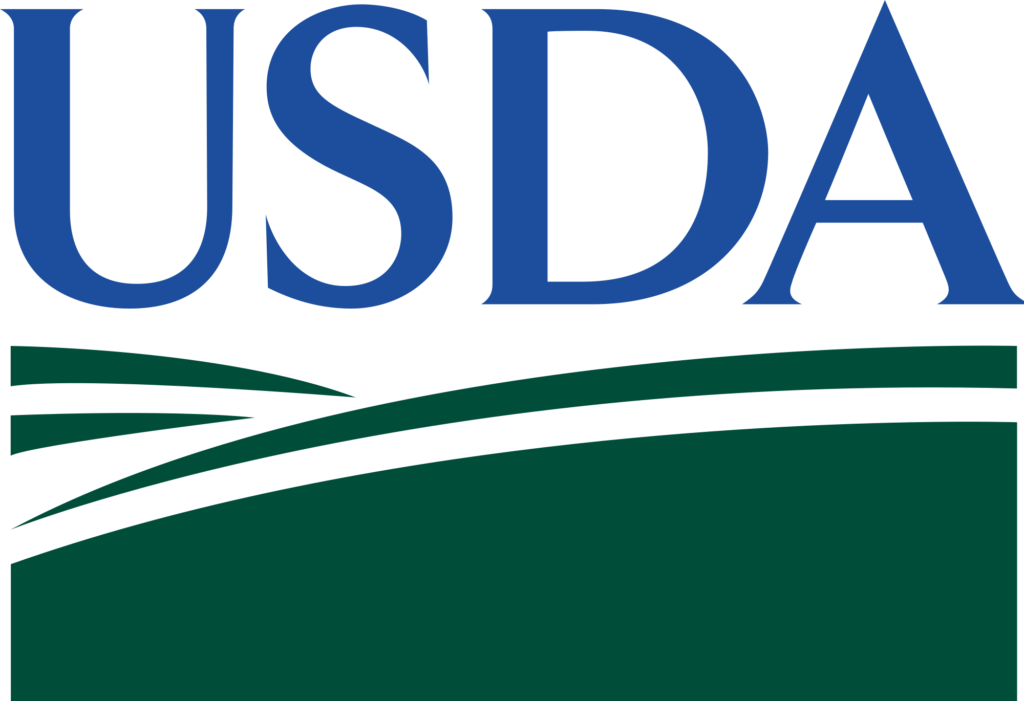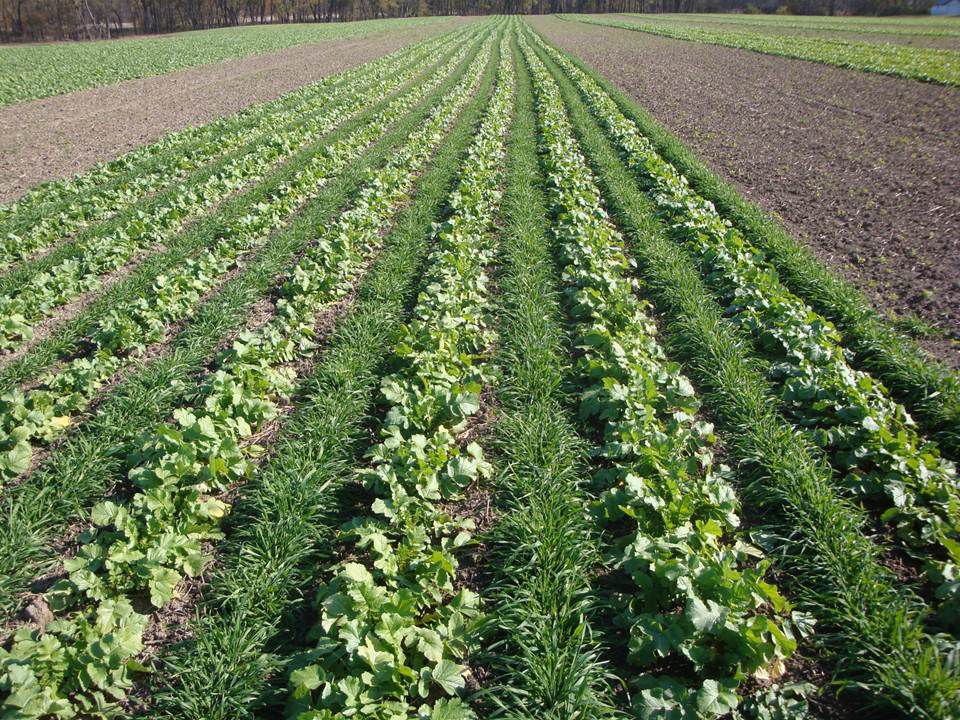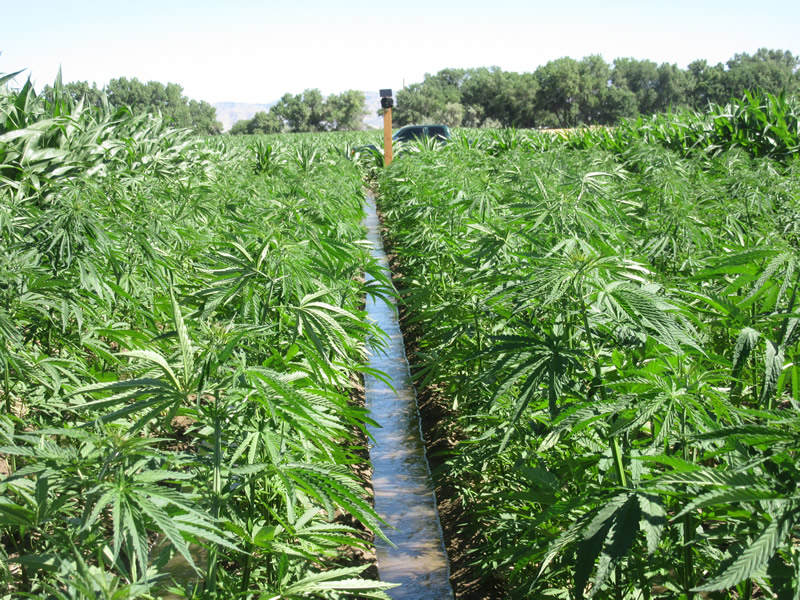Agricultural Trade is a sore topic of conversation these days. The agricultural sector in Minnesota and around the country has been struggling for more than a year due in large part to trade disputes with other nations, including the biggest one with China. However, there is some good news out there in international market opportunities for Minnesota farmers. District 28 Republican Senator Jeremy Miller recently took part in an overseas trade mission to Taiwan July 21-26 and says there are opportunities out there for Minnesota farmers to find markets for their commodities.

“A representative from the Taipei Economic and Cultural Office in Chicago reached out to me earlier this year about leading a multi-state, bipartisan legislative leaders’ delegation to Taiwan,” he recalled. “Before we go any further, people have asked who paid for the trip. I want to make it clear that the trip was paid for by Taiwan’s Ministry of Foreign Affairs. The whole purpose of the trip was to develop relationships between the United States of America, specifically Minnesota, and partners in Taiwan.”
It was the second trip Miller has taken overseas, with the first one taking place in South Korea back in 2011. He said the number one focus of these trips is to “meet people,” with the number two focus of “looking at opportunities.” The third and most important focus of the trip is “developing relationships” to see what kinds of business dealings can evolve in the future.
“The potential is there for a lot of different relationships between Minnesota and Taiwan,” he said. “By far, the biggest opportunity I see in Taiwan is for agricultural trade. Minnesota already exports a good number of crops, especially soybeans, to Taiwan. I think there’s even more opportunity there, whether it be for corn, more soybeans, and especially for pork.”
Miller looked into the numbers and found that Minnesota exported about $413 million worth of goods to Taiwan in 2018. However, that number is likely to go higher. “Last year, there was a agricultural trade mission to Taiwan that both Minnesota and Iowa took part in,” he recalled. “On that trip, Taiwan signed a $1.5 billion-dollar deal to buy 3.9 million metric tons of soybeans from both Minnesota and Iowa before 2021.
“What I’m driving at is there are even more opportunities for Minnesota and Taiwan to increase the amount of business done,” Miller said. “But, it comes down to keep lines of communication open and building on those relationships once they’re established.”








